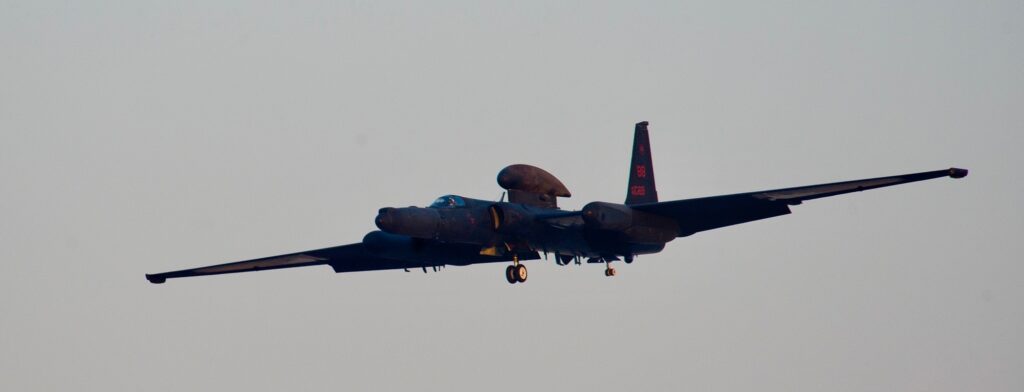US Must Boost War Games, Data Sharing With Allies: DIA
Posted on
GEOINT: In a stark speech clearly intended to get people off their complacent butts, the Marine general who leads the Defense Intelligence Agency told an approving audience here that the Intelligence Community risks becoming as irrelevant as the Kodak film company became with the advent of digital photography. “Let me ask you one final question.… Keep reading →
Cardillo: 1 Million Times More GEOINT Data In 5 Years
Posted on
UPDATED: Adds Details On New Data Partnerships; IC Works With DepSecDef Video Task Force GEOINT: To cope with the gargantuan increase in data sure to come, the National Geospatial Intelligence Agency must broaden its outreach to industry and the civil community, and, at the same time, ensure that it does a better job of ensuring… Keep reading →
IARPA, Amon-Hen & Aladdin: Next Gen Intel
Posted on
CORRECTED: NPOI Remains In Use For SSA GEOINT: Think about technology to identify suicide bombers and high value targets who’ve been blown to bits without using DNA. The Intelligence Community’s version of DARPA, IARPA, is doing just that with a program designed to use proteins from hair and keratin (which makes up much of the… Keep reading →
‘Algorithmic Warfare:’ DSD Work Unleashes AI On Intel Data
Posted on
WASHINGTON: The technophilic Deputy Defense Secretary, Bob Work, just stood up a task force to advance the use of artificial intelligence in military intelligence. This is not SkyNet, an AI with its finger on the launch button. Instead, the first project for this Algorithmic Warfare Cross-Functional Team will be developing AI to sort through vast… Keep reading →
Lockheed Holds Classified War Game To Test Multi-Domain Concepts
Posted on
WASHINGTON: Lockheed Martin views the multi-domain warfare concept as so important it is funding and holding a series of classified war games to explore strategies, Concepts of Operation and weapons to see how they might perform taking on an A2/AD opponent. The second game begins today and ends Thursday. As Breaking D readers know, the Multi-Domain approach… Keep reading →
Marines Test Killer Hovercraft, Wooden Glider & 3D Printers For The Battlefield
Posted on
QUANTICO: A hovercraft that shoots salvoes of rockets. A speedboat that turns into a submarine. A mobile 3D printing factory. A big wooden box with wings (yes, really). And, of course, more drones than you can shake a stick at (because they swarm). These are just a few of the roughly 100 technologies the Marine… Keep reading →
U-2 Expert Says Global Hawk Just Can’t Compare
Posted on
Chris Pocock may know more about the U-2 than anyone who doesn’t possess a very high security clearance. He’s written four books about the planes and is passionate about the black beauties. Here’s his take on whether Northrop Grumman’s Global Hawk can rival or surpass the capabilities of the U-2. Read on. The Editor. Northrop… Keep reading →
Northrop Flies, Tests New Sensor, The MS-177 On Global Hawk
Posted on
ORLANDO: After much rescheduling and years of skepticism, Northrop Grumman took a step toward finally replacing the revered but aging U-2 spy plane with its Global Hawk drone on Feb. 8, when it flew with and tested UTC’s MS-177 multispectral sensor, which is intended to enable the drone to surpass the legendary U-2. The day before the… Keep reading →
The Marine Corps Is Looking For A Few Good Nerds: Gen. Neller
Posted on
WASHINGTON: No thank you, Donald Trump. While the President-Elect wants to boost Marine Corps combat units by 50 percent — with 12 new battalions of infantry and one of tanks — the Commandant of the Marine Corps respectfully suggested that there are other additions the Marines need more. Don’t think good old-fashioned grunts: Think warrior… Keep reading →
F-22, F-35 Outsmart Test Ranges, AWACS
Posted on
CAPITOL HILL: How smart is too smart? When F-35 Joint Strike Fighters flew simulated combat missions around Eglin Air Force Base in Florida, their pilots couldn’t see the “enemy” radars on their screens. Why? The F-35s’ on-board computers analyzed data from the airplanes’ various sensors, compared the readings to known threats, and figured out the… Keep reading →










